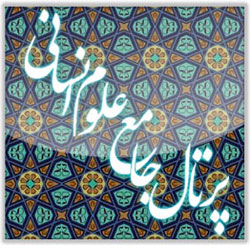The Aesthetics of Light in the Architecture of Iranian Religious Spaces
Keywords:
light, Islamic architecture, religious spaces, spatial phenomenology, sacred experienceAbstract
In Islamic architecture, light has always been regarded as more than a functional element, symbolizing spirituality and the manifestation of the sacred. Iranian religious architecture, through the creative use of natural and artificial light, has succeeded in creating spaces filled with meaning and transcendence, offering individuals a unique experience of presence within sacred places. This study, employing a phenomenological approach, analyzes the role of light in the architecture of Iranian religious spaces and demonstrates how deliberate use of light evokes a sense of sanctity, promotes psychological tranquility, and enhances spatial quality. The findings reveal that light not only organizes spatial composition and highlights architectural elements but also acts as a bridge between human beings and transcendence. A review of traditional Iranian architectural examples shows that past architects, with a deep understanding of cultural and religious values, used light in such a way that it became an integral part of mystical and spiritual experiences. Thus, rethinking the application of light in contemporary architecture can inspire the design of spiritual spaces that, while modern, maintain a profound connection with tradition and religious beliefs.
Downloads
Published
Submitted
Revised
Accepted
Issue
Section
License

This work is licensed under a Creative Commons Attribution-NonCommercial 4.0 International License.









